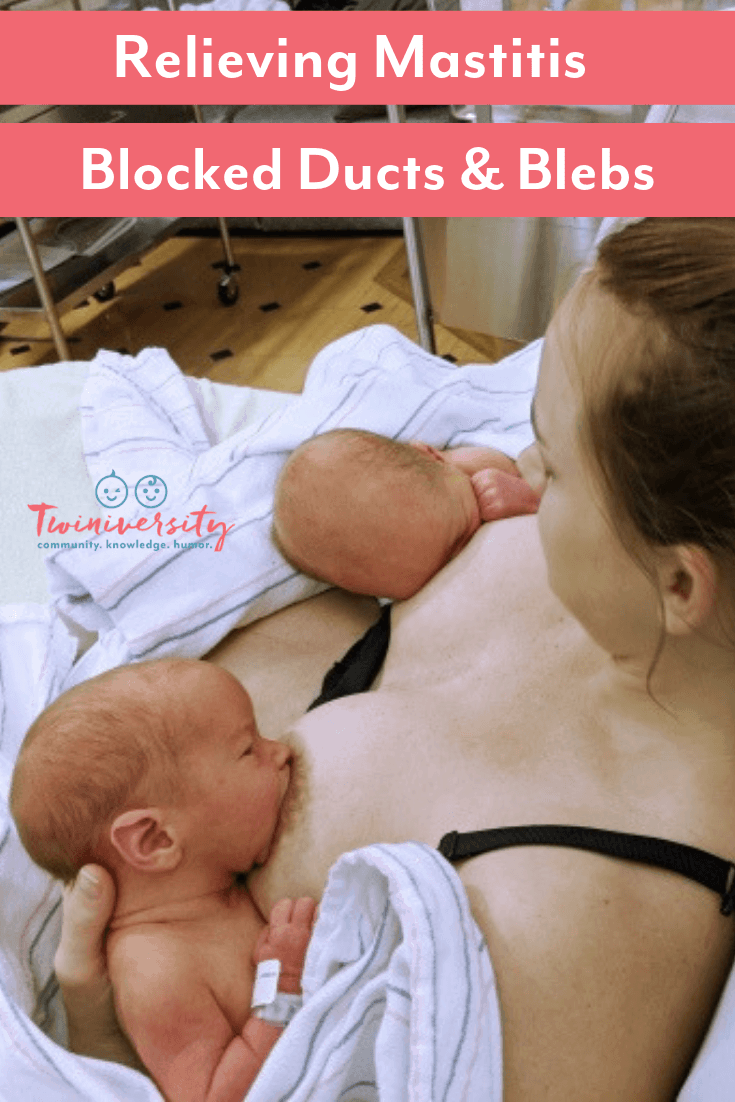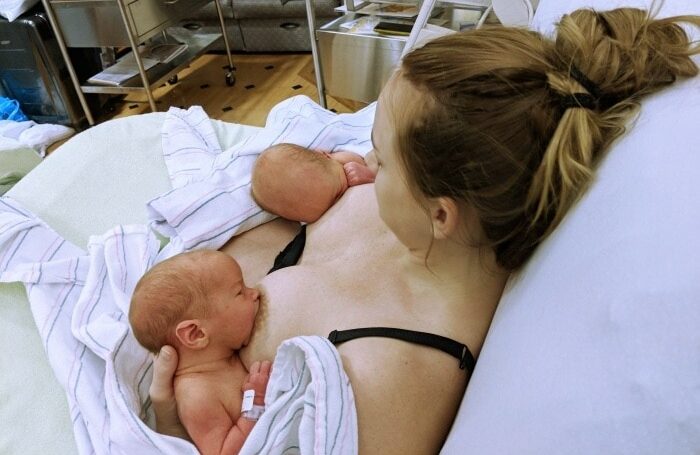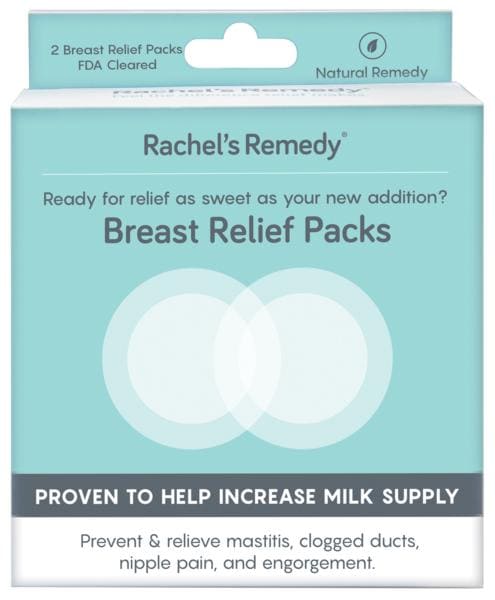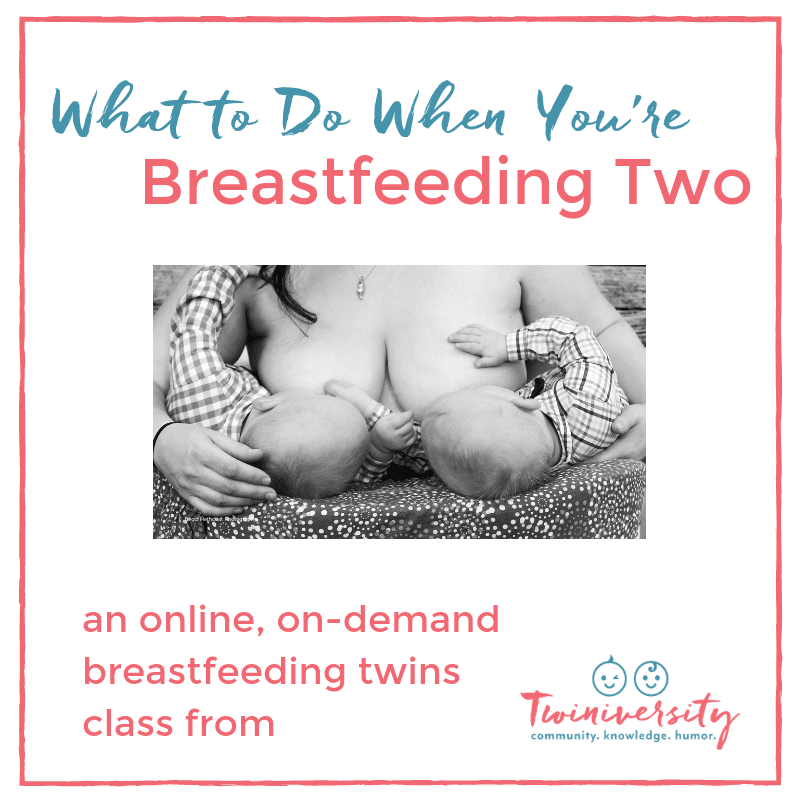Last updated on November 10th, 2023 at 09:58 am
As a nurse, I was familiar with the term mastitis, however, it wasn’t at the forefront of my mind while I was breastfeeding. I also didn’t know that it was a very common occurrence! Mastitis is an infection of the breast tissue that results in breast pain, swelling, warmth, and redness. I do not recall it as being mentioned during my pregnancy, my hospital stay, or what, if anything, I could do to prevent or treat it at home. Needless to say, the first week my twins were home and I was pumping like a madwoman, the first hard lump and bleb (a small white spot on the tip of the nipple that looks like a tiny, milk-filled blister) that happened completely freaked me out.
Lactational mastitis, or an infection of the breast during breastfeeding, is more common now since more women spend time away from their infant during the infants’ first year. This separation rarely occurs in other parts of the world, results from work, travel, etc., and for any period of time during which the breast-emptying or method of breast emptying is altered. One recent Spanish study showed that the incidence of severe infectious mastitis was highest at 6 weeks then dropped thereafter, which is around the time when breastfeeding is just getting into a groove and many women end their maternity leave. Reported cases are usually severe enough to need IV therapy and involve both breasts, whereas many isolated mastitis, blocked ducts, and blebs go unreported. Regardless of severity, mastitis and associated symptoms are one of the leading causes for the early termination of breastfeeding.
Risk Factors
Risk factors for mastitis and blocked ducts include mastitis with a previous child, cracked or sore nipples, use of ointments other than lanolin near the nipples, inappropriate or inconsistent breastfeeding/pumping, and in general the use of a pump since it is less efficient than an infant’s mouth at breast-emptying. Around the clock use of a bra, just as a kink in a garden hose, can constrict the breast creating a stricture where milk can clog.
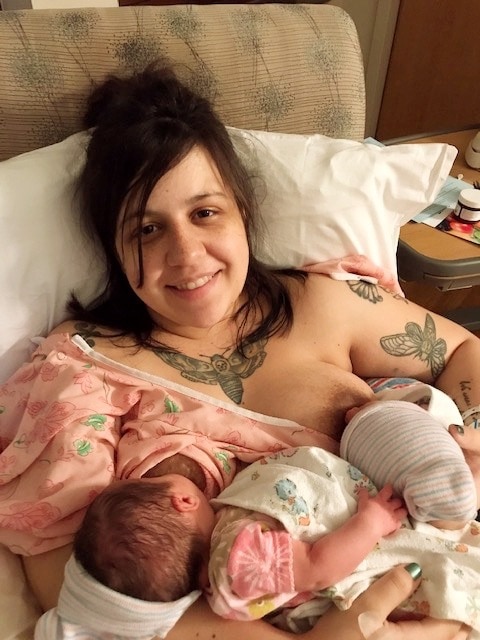
Home TLC
I had a couple of isolated mastitis episodes with high fever, and non-fever blocked ducts a few times a month. Prior to the discovery of antibiotics in the early 1900s, these homeopathic choices were what was available and are still very helpful today. At the first sign of an issue (pain, firmness, redness, less milk than usual at a pump, missed feeding); I highly recommend the following:
1. Feed On!
There is absolutely no evidence that breastfeeding through a mastitis/bleb episode or even a fever is harmful to your babes (unless you end up on certain medications). However, not breastfeeding can make things worse. You may pump in place of a feed or in-between to help move things along. Whatever you do, stay on top of it. Disruptions or delays in feeding/pumping will lead to diminished supply and increased risk for clogs.
The Boob Spa!
Fill one or two glass bowls of warm water. Hang the breast over the bowl and slowly submerge up to the axilla. This should be done for 10 minutes and just prior to a feed/pump session. Do this in a bathroom because water will be everywhere!
3. Heat!
While you are pumping/feeding, place a heating pad on low over the affected breast. Heat dilates and helps move things along. You can also take warm showers, but no baths until ok’d by your OB. Twiniversity Tip: Check out Rachel’s Remedy Breast Relief Packs for moist heat or cooling relief of sore breasts!
4. Massage!
Massage the breast in the bowls, while feeding, and any time else you wish. Place the palm of hand near the chest wall where breast begins. Apply firm direct pressure as you slowly ‘knead’ the breast tissue toward the nipple area. Repeat.
5. Lecithin!
This is something that many nurses and lactation consultants recommend and is present naturally in vegetables and animals, used as an emulsifier in food, drug, and cosmetic products. Per Kellymom.com, the usual recommended dosage for recurrent plugged ducts is 3600-4800 mg daily, or 1 capsule (1200 milligram) 3-4 times per day. Caution: Contains soy.
6. Sun!
Expose your nipple to direct sunlight for 5 minutes. Airing out the poor nipple with a bit of sun will help natural healing of any cracks.
7. Lose the Bra!
Only Americans routinely wear bras, which bind and constrict the flow. Let’s reserve the bra for trips outside the house. If you are very large or uncomfortable, you could try a large sweatshirt, a bralette, or a swimsuit top-but never with an underwire. The idea is to support/cover yet not constrict flow or opportunity to feed. In the home and at night, a loose t-shirt is really enough.
8. Take an Over the Counter Pain Relief Aid
Such as acetaminophen or ibuprofen.
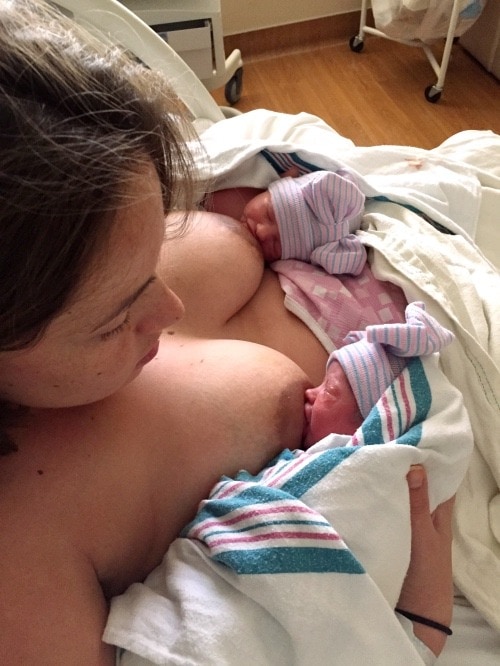
When You Need a Healthcare Provider
On occasion, you may need to call your healthcare provider for symptoms, advice, and possibly a prescription to treat an issue. If you have tried the ‘home TLC list’ and still have problems or questions, you have done all you can on your own!
- Fever over 100.5 F for more than 3 consecutive days. This is a general period of time for which health care protocols advise that a higher level of treatment for a presumed infection is needed. Not all need a prescription, but some may.
- Severe stabbing pain in a breast. This could indicate something more serious.
- Hot spots on your breasts. This is a sign of infection.
- A suddenly very fussy infant. Along with other symptoms could indicate decreased milk flow (hungry baby) or a sick baby (if baby has a fever).
- White patches on baby’s tongue and your nipple. Could indicate thrush/yeast, for which you both need treatment.
- If you are prescribed an antibiotic or yeast medication, check with the lactation consultant or pediatrician for breastfeeding precautions. You may choose to formula feed and ‘pump and dump’ for that time to keep milk supply going.
- Before ‘mama-led’ weaning, speak with a consultant about a slow-weaning schedule so that you can avoid this complication.
Usually if tackled at the onset of the first symptom, the breast can be relieved without unnecessary antibiotics, trips to the clinic, and severe pain. Each baby and pregnancy is different, so as you and your bundles get your routine down, the likelihood of mastitis and clogged ducts diminishes. By avoiding these episodes, or the repeat of them, you are much more likely to embrace and continue the breastfeeding experience for up to a year or more, reaping all the benefits along the way!
All content on this Website, including medical opinion and any other health-related information, is for informational purposes only and should not be considered to be a specific diagnosis or treatment plan for any individual situation. Use of this site and the information contained herein does not create a doctor-patient relationship. Always seek the direct advice of your own doctor in connection with any questions or issues you may have regarding your own health or the health of others.

Josie Kramer Rodriguez is Midwestern born and raised. She is a full time nursing director in Boston with a master’s degree in nursing and an MBA in healthcare management. She is a full time wife to a soccer fanatic, and a full time mom of 14 month old twin boys, an adopted 8 year old girl from India, and 2 Afghan Hounds. She has owned, showed, bred and loved Afghans for 18+ years. Her free time is spent hosting women’s bible study, brushing dogs, volunteering at The Well Coffee House, and attending her baby-gang’s playgroups.
Related Articles
- Breastfeeding Twins: A Step-By-Step Guide for New Twin Moms
- Breastfeeding Doesn’t Always Work And That’s Okay
- The Struggles and Triumphs of Breastfeeding Twins
